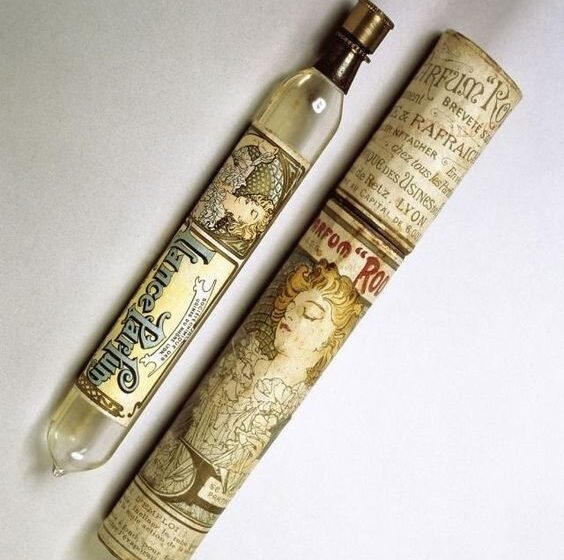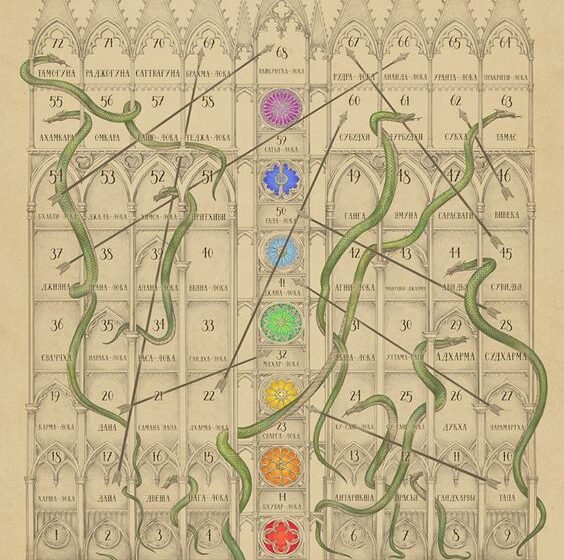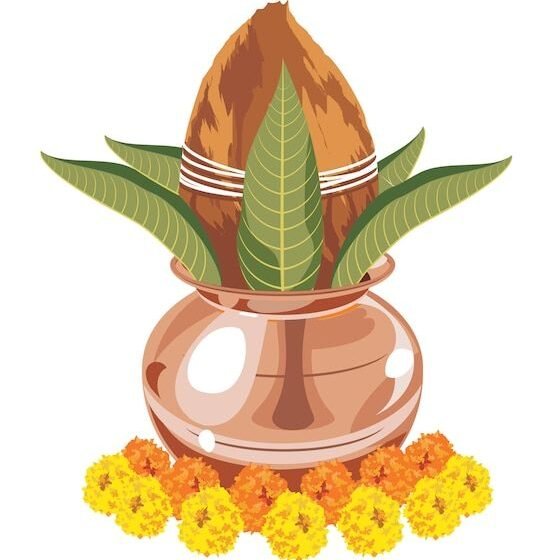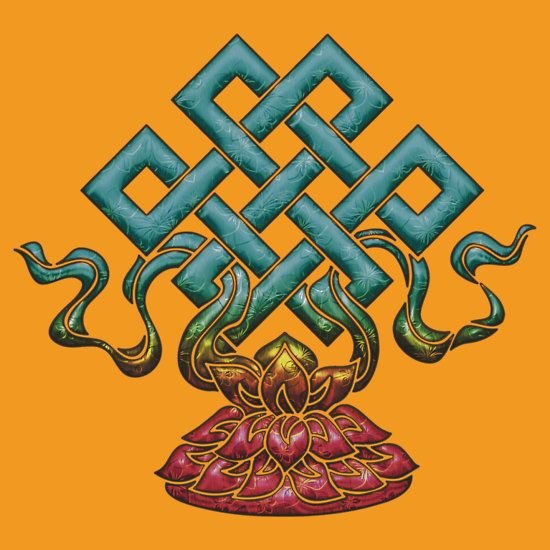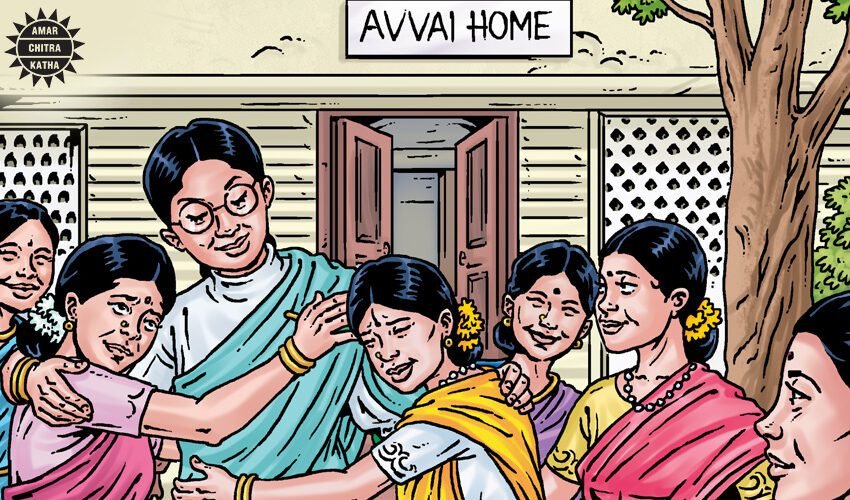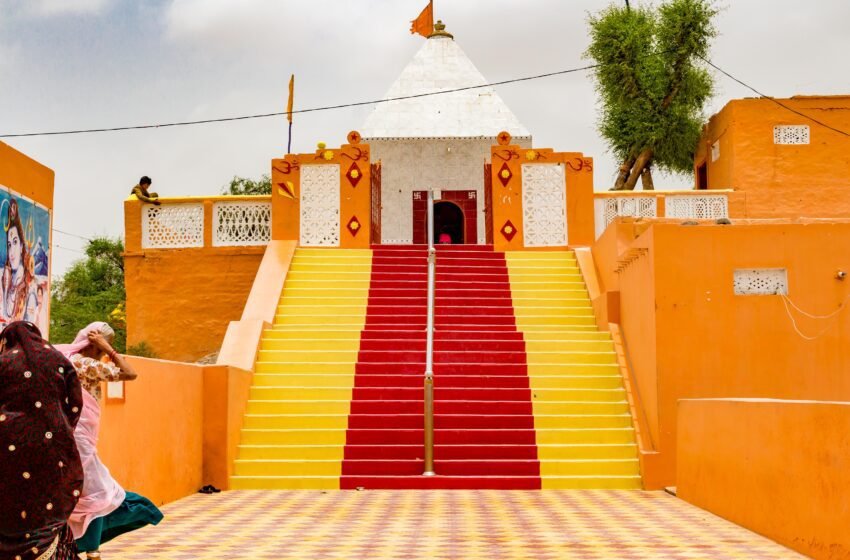Dice games have been played in India since the Shramanic period, with game boards and pieces discovered in the Indus Valley civilisation. Mohenjo-daro, Harappa, Lothal, Kalibangan, Alamgirpur, and other sites have discovered ivory and bone artifacts of various shapes and sizes, some with dots and regarded as “dice” and/or “gaming pieces”. Dice playing is also […]Read More
Tags : INDIAN HISTORY
Crafting Essence: Modern Techniques Redefining Perfumery
The Industrial Revolution and the Modern Era have left an indelible mark on the perfume industry, reshaping it in profound ways that continue to influence our olfactory experiences today. This transformative period ushered in mass production and chemical synthesis, revolutionizing the way fragrances were created, marketed, and consumed. With the advent of the Industrial Revolution, […]Read More
Kamaladevi Chattopadhyay: Freedom Fighter and Cultural Guardian
In ancient India, women were not treated as equal compared to men. They just framed that women are there in their lives only for marital purposes and to do the household chores. But, modern Indian women are creating so many improvements for the development of India and its Government. Not a single industry runs without […]Read More
Perfume Empires: Colonial Expansion and Fragrance Exchange
In the grand tapestry of human civilization, few elements have left as profound an impact as the narrative of spices and perfumery. From ancient trade routes that spanned continents to the colonial conquests that reshaped economies, the pursuit of exotic scents has woven itself into the fabric of cultures, societies, and commerce. Let us embark […]Read More
Moksha Patam: The Ancient Game of Snakes and Ladders with
If I were to ask you which was the first board game you owned, most of you would say Snakes and ladders (Saanp-Sidhi). However, we are not aware of the origin, journey and the deep ingrained meaning of this wonderful game. Well not anymore! The game of Snakes and Ladders is a board game that […]Read More
Purna Kumbha literally translates into a full pot or a full pitcher. It is a brass pot or vessel filled with water, who’s mouth is decorated with mango leaves, coconut and flower offerings, and the body of the vessel sometimes has a metal carving of a goddess’s face or the symbol of the sun god […]Read More
Shrivatsa or Srivatsa is a Sanskrit word that means the beloved of Sri. It a triangular shape mark that is said to appear on the right side of Vishnu’s chest—one of the major Hindu deities and one of the three creator deity. The triangular mark, depicted as a looped knot or a set of interlocking […]Read More
Exploring the Ancient Strategy Game: A Deep Dive into Ashtapada
Ashtāpada, refers to the game’s 8×8 chekered-board. Patanjali mentioned this interpretation in a Mahābhāshya text from the second century. Literally translating, Ashtapada translates to “eight-legged” in Sanskrit. The Sutrakrilānga, an early Brahman book, explicitly denounced the game. The Vinayapitaka, a canonical Buddhist literature from the fourth or third century BC that introduces the Buddha’s Dialogues, […]Read More
Dr. Muthulakshmi Reddy: Abolition of Devadasi System and Social Reformations
People these days, especially Women are still fighting for their complete independency in this world. Still in so many Indian houses, women are struggling for their independence. May be not like the past ones, but in different ways and form. In today’s world if a woman suffers and if she raised her voice against someone, […]Read More
The Umarkot Shiv Mandir, also known as Amarkot Shiv Mandir, stands as an ancient Hindu temple in the Umerkot District of Sindh. Thousands of years ago, a humble cowherd noticed something peculiar. One of his cows consistently left the herd to offer milk to a mysterious object—a Shiv Lingam. Intrigued, the man investigated and discovered […]Read More

